Practical Fire Safety in Construction
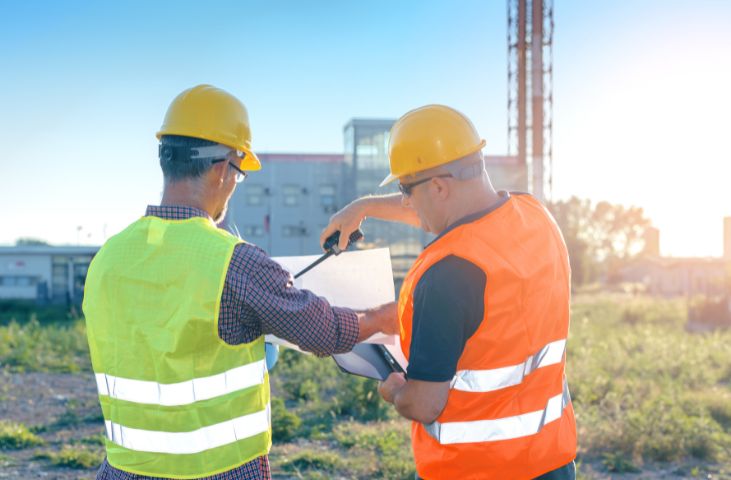
Estimated reading time: 6 minutes
Our last blog, Fire Safety in Construction, made the case that fire safety is an important consideration for construction, demolition and building refurbishment projects and it discussed why these sites are particularly susceptible to fires and the reasons why.
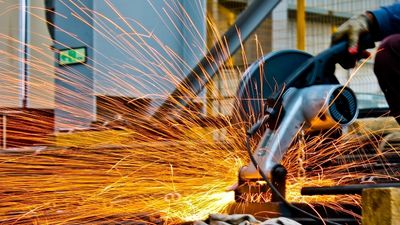
In this blog, we review the important practical fire safety and emergency procedures and systems that must be put in place to reduce the risk of fire and provide a safe environment. We also look at the role of the appointed ‘responsible person’ for fire safety and prevention on construction sites and the steps they need to take to put together an effective fire risk assessment. Finally, we list all the relevant guidance, regulations and reference documents that you can refer to for more information.
Responsible person and the fire risk assessment
The Regulatory Reform (Fire Safety) Order 2005 (FSO) stipulates that the ‘responsible person’ or somebody nominated by them is in charge of fire safety and is legally accountable. This will take into account anybody who may be affected by a fire, including visitors and areas where there is a high possibility of a fire breaking out.
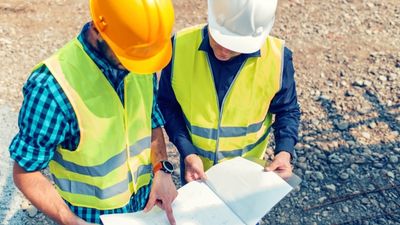
The responsibilities include undertaking a legally compliant fire risk assessment (FRA). This is undertaken in a five step process:
- Identify fire hazard – In the previous Fire Safety in Construction blog we outlined the main fire hazards found on a construction site, this consisted of the common fuel and ignition/heat sources. Once identified these hazards should be documented as part of the Fire Risk Assessment.
- Identify people at risk – This could include employees, contractors, visitors and anyone who is vulnerable.
- Evaluation and risk reduction – This step includes putting measures in place to ensure risk to the above fire hazards and risk is eliminated/reduced. This may include detection and firefighting equipment, devising emergency fire evaluation plans, putting up fire safety signs and ensuring fire safety equipment is available and inspected.
- Record, plan and train – This is a written record of your fire risk assessment if you have five staff or more. This clear plan is made to ensure everybody understands what they need to do in the event of a fire.
- Review – The risk assessment should be reviewed regularly and updated if necessary.
Practical Fire Safety Measures for Construction Sites
There are a number of practical fire safety procedures to prevent fire, minimise the risk of injury and provide a safe environment for all workers. This includes ensuring you have the right equipment, creating planned evacuation routes and exits and implementing warning alarms and fire detection systems.
Emergency procedures, routes and fire exits
Construction sites do differ from standard buildings as access is often restricted and there is no clear way for people to exit the structure. To minimise the risk to staff a planned set of evacuation routes and exits should be devised and communicated to all workers before construction starts. As a precaution there should alternative escape routes.
These routes should:
- be signposted clearly
- be free of obstructions, directing people to the nearest exit
- use protective fire compartmentation through the use of fire doors, stairwells and corridors
- have emergency lighting if required
- have a safe designated area for people to gather after getting out of the building.
Fire fighting equipment
Fire suppression equipment, such as fire extinguishers should be provided in high-risk areas (e.g. where hot works is being undertaken) and all workers should know how to use the equipment. Once again all construction sites are very different so a small site may only need handheld extinguishers, but larger sites may require something more complex like a fire sprinkler system.
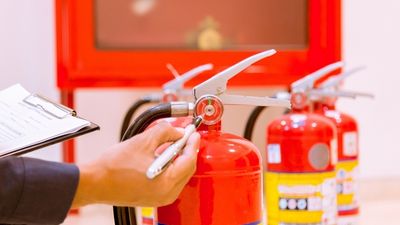
Fire detection alarms and warning systems
A warning system must be set up in order to alert people to any fires. The types of systems used will depend on the nature of the site, on larger sites then this may include an interconnected automatically triggered fire detection system. On smaller sites this could just be somebody alerting everybody of the fire or the use of horns etc.
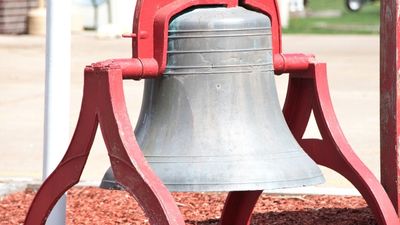
Conclusion
Construction sites are dangerous places and fire on a site can put workers’ lives at risk and cause material damage and financial loss. As well as exercising control over ignition and fuel sources to control or eliminate hazards there are practical measures you can put in place for fire safety prevention and minimising risk. On every construction site there must be a ‘responsible person’ whose duty it is to ensure that fire safety measures are enforced. Effective site management is also critical to stop fires from starting and spreading. Implementing proper fire safety precautions and guidelines can help protect your construction site from a fire.
Additional resources
HSG 186 – Fire Safety in Construction – Primary reference point for those responsible for fire safety on all construction projects.
Construction (Design and Management) Regulations 2015 (CDM 2015) – These regulations require measures both to prevent fires happening and to make sure all people on construction sites (including visitors) are protected if they do occur.
The Regulatory Reform (Fire Safety) Order 2005 (FSO) which applies in England and Wales and the Fire (Scotland) Act 2005. Fire risk assessments must be completed by a responsible person.
The Dangerous Substances and Explosive Atmospheres Regulations 2002 (as amended in 2015) (DSEAR).
Fire Safety In Construction document by the HSE (HSG168).
Fire safety in construction training
To make sure you have the relevant fire safety training, do review the training we have on offer:
Face-to-Face Fire Training Courses
Online Fire Training Courses
Our friendly customer support team is always happy to talk through your fire safety training options. Why not give us a call on 01327 552160, email us at hello@smarthorizons.co.uk, or use the live chat feature on this website to speak to us during office hours.
